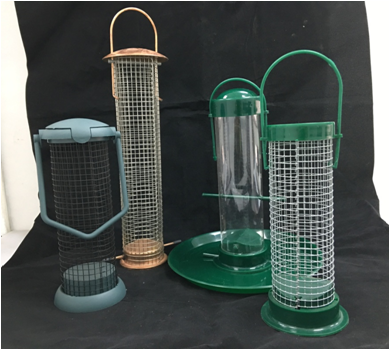In multi-color printing, the attachment of the ink of the latter color to the ink layer of the previous color is called overprinting of the ink, also known as the transfer of the ink. The more ink that is overprinted or carried onto the ink layer of the previous color, the better the color reproduction effect. When the overprinting is poor, the ink color printed on it tends to be "white" and appears dull, or the previous color appears a little bit of "flower spots" because it is pulled off by the latter color, which seriously affects the quality of the printed product. Put forward some methods to solve the problem of overprinting.
1. Adjust the adhesion of the ink
The printing process is a process in which the ink film is split and transferred to the corresponding printing surface. When the cohesive force of the ink (that is, the force between the ink molecules) is less than the adhesion between the ink and the printing surface, it first splits and then transfers. The ability of the ink film to prevent the ink film from rupturing during this dynamic process is called ink adhesion. Sex. If the adhesion of the former color is greater than the adhesion of the latter color ink, the latter color ink can adhere well to the first color ink layer, and the overprint effect is good. Conversely, the ink of the latter color cannot adhere well to the ink layer of the previous color, and a phenomenon of mutual repulsion will occur, and the ink of the previous color will be pulled off, resulting in poor overprinting or overprinting. It can be seen that the adhesion of the ink is very important for the overprinting of the ink.
The adhesion of ink changes with the dryness of the ink. At the beginning, the adhesion increases with the increase of the dryness. When it reaches a certain maximum value, it slowly decreases with the increase of the dryness. When the ink is completely dry, it loses the adhesion. Therefore, by controlling the adhesion of the ink before drying, the purpose of solving the problem of overprinting can be solved. How to control the drying of ink?
1. The drying air volume of the previous color should be smaller than that of the back color, and the temperature should be lower.
2. The front color of the plate should be kept as moist as possible. First, use xylene, isopropyl alcohol, etc., which has a slow evaporation rate. Second, the distance between the point where the squeegee touches the plate and the point where the rubber roller touches the plate It may be smaller; the third is to appropriately increase the printing speed.
3. Add an auxiliary agent to inhibit ink drying in the front color. You can use your fingers to touch the ink layer, and analyze it based on the stickiness of the hand and the amount of ink on the finger. When you feel that the front color ink is in a dry or non-dry state, the quality effect of the subsequent color overprinting will be better.
In addition, it should be noted that the same ink of the same ink factory should be used for the two colors before or after, otherwise the type or composition of the two colors of ink is different, and the poor compatibility will also cause poor overprinting, and it is difficult to adjust and solve by other methods. .
Sometimes, in hot weather, adding silicone lubricant to the ink will also cause poor overprinting, which should be absolutely avoided. In this case, slow-drying solvents should be used instead.
2. Increase the ink supply of the last color printing plate
In multi-color continuous printing, the post-color ink is generally split at the center line of the ink layer where the two-color ink overlaps. A small part is transferred to the ink layer of the previous color ink that is not dry, and most of it remains on the surface of the printing plate. Therefore, the larger the amount of ink of the back color ink supplied to the printing plate, the thicker the ink layer adhering to the ink of the first color, and the less likely the phenomenon that the back color is removed from the front color. Therefore, the ink supply of the later color printing plate should be greater than the previous color.
3. Arrange the printing plate color sequence correctly
In multi-color printing, the printing color sequence is generally black, blue, red, yellow, white or black, red, blue, yellow, and white. This arrangement sequence is because the yellow color dries fast (relative to black, blue, red), so put Print in a later color to facilitate overprinting of ink.
Regarding the plate-making aspects that affect the effect of ink overprinting, it should be provided to the plate-making personnel before the plate-making, so as not to cause problems in the printing process.
4. Use soft rubber rollers and increase the pressure of the rollers appropriately
I also found such a phenomenon: the printing plate with a certain amount of printing, the overprint effect of its ink is generally better than the new version. The reason may be: the ink supply of the back color increases during the use of the printing plate (due to the smoothness of the mesh being polished by the ink and the increase of the mesh), or there are other reasons, the mechanism of which needs to be analyzed and studied.
The plastic Bird Feeder is Eco-friendly and the birds can eat safe.The Plastic Bird Feeder provides an effective and humane way of protecting your bird feeder from squirrels and larger, heavier birds. all of the bird feeder comes ready to hang and easy to clean and fill.

Plastic Bird Feeder
Plastic Bird Feeder,Garden Plastic Bird Feeder,Automatic Plastic Bird Feeder,Transparent Plastic Bird Feeder
Huanghua Fengyi Honde Metal Factory , https://www.hd-petproducts.com